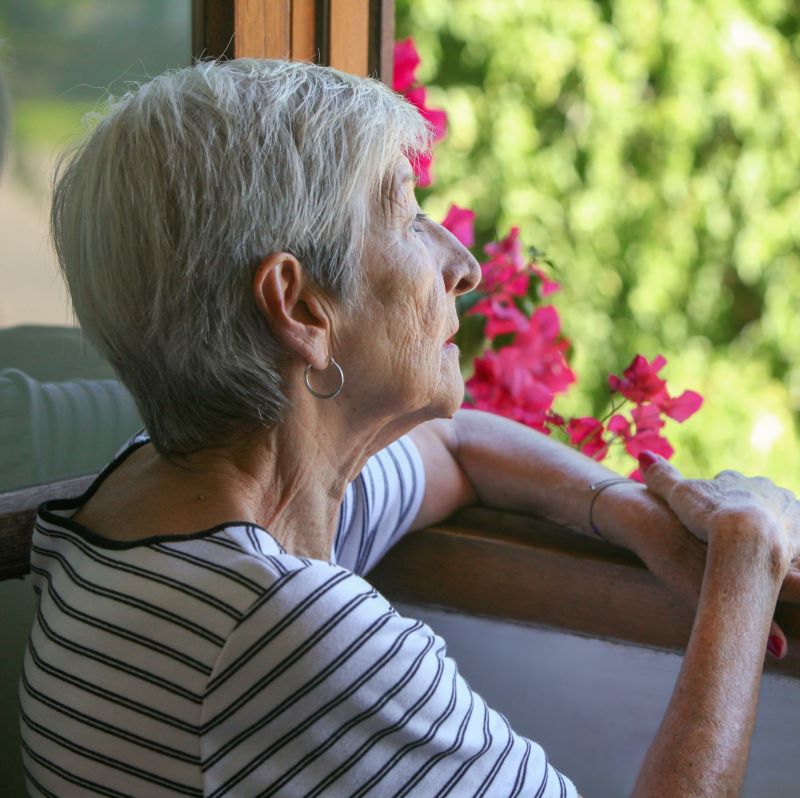
Hard-to-heal wounds, sometimes referred to as chronic venous leg ulcers (VLUs), are defined as wounds that do not heal within six weeks. These ulcers are prevalent among elderly patients suffering from underlying venous insufficiency. While the physiological consequences are well documented, the psychological burden is often underestimated. Living with a hard-to-heal leg ulcer can severely affect a patient’s quality of life, leading to emotional distress and mental health challenges such as depression and anxiety.1
The persistent nature of these wounds, often accompanied by pain, malodor, and excessive exudate, can contribute to social withdrawal and isolation. Patients may avoid social interactions due to embarrassment or fear of stigma, particularly if their wound emits an unpleasant odour or causes visible leakage. Loss of mobility, an active lifestyle, and independence can also play a critical role in diminishing mental well-being, especially when patients become reliant on caregivers or home visits for wound care.2
Addressing the psychosocial impact of chronic leg ulcers requires a holistic mindset from healthcare providers and practical, day-to-day actions from individual clinicians.³ A compassionate, person-centred approach can make a significant difference.
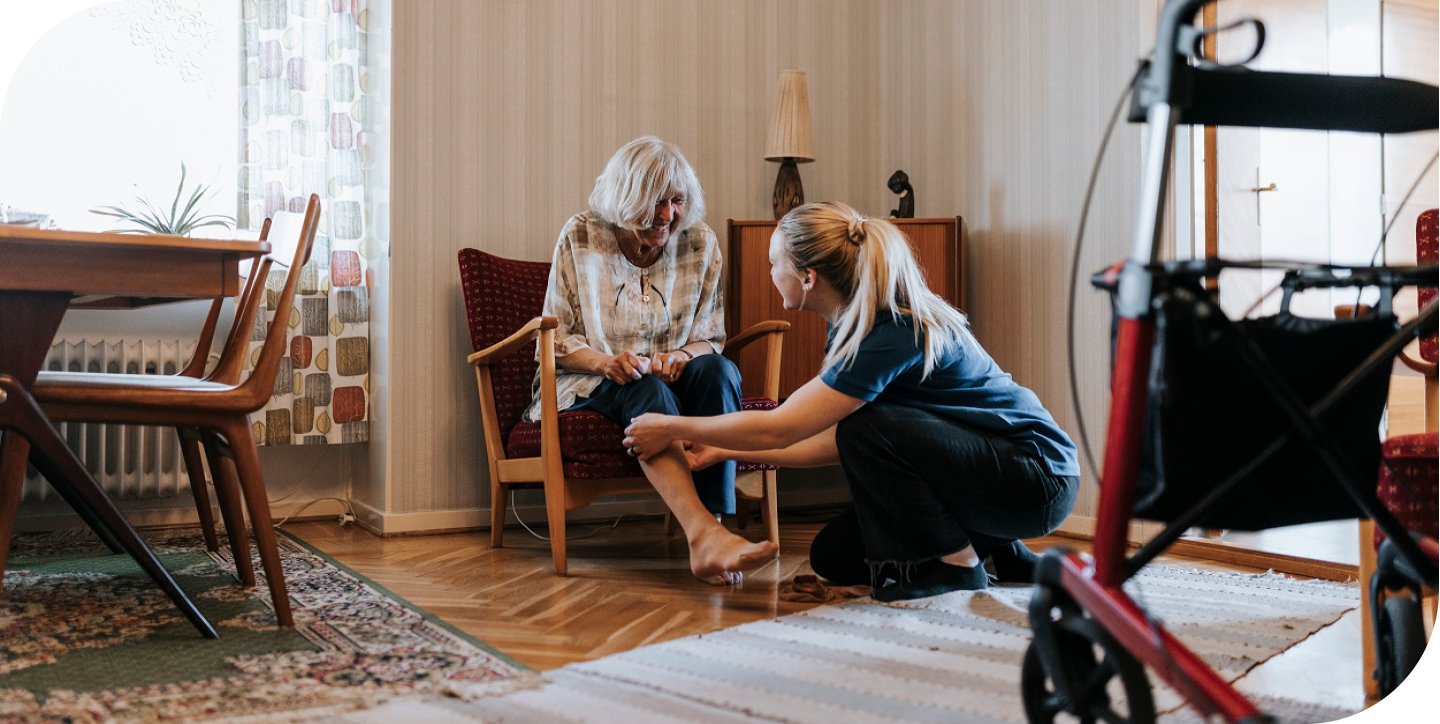
A starting point for clinicians is to acknowledge the emotional toll of the wound during consultations, signalling to the patient that their feelings are valid and worthy of attention. Simple acts, such as active listening, maintaining eye contact, and allowing time to discuss daily challenges, can build trust and reduce feelings of isolation.
Susanne Dufva, specialist nurse in oncological care at the Wound Centre, Södersjukhuset, Stockholm, and chair of Wound Nurses in Sweden, accentuate this approach:
“The patient often has a different perspective. They know themselves best, and therefore, I think it is vital that we start by asking open questions so that the patient can tell us what it is like. Then, not many more questions are needed. The fact that they open up and tell us often provides a good starting point for understanding how we can help the patient in front of us.”4
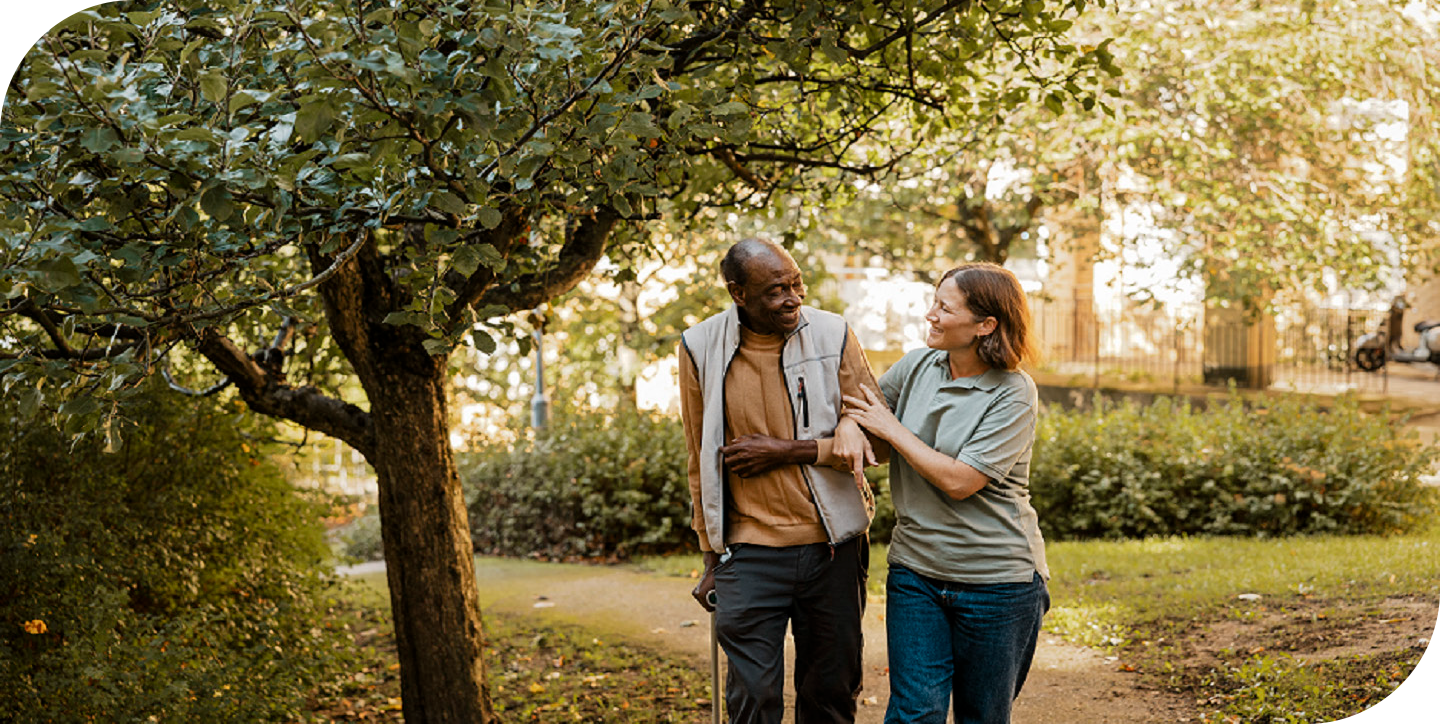
Even small amounts of daily movement can support physical healing and mental well-being. Clinicians should reassure patients that gentle activity is beneficial, not harmful. They should recommend simple strategies such as walking short distances, moving their feet up and down while seated, and rotating their ankles to improve circulation and reduce swelling. Patients should also be encouraged to elevate the affected leg when possible and avoid prolonged periods of inactivity.5
Clinicians can also emphasise the importance of elevating the affected leg whenever possible, ideally with the toes above the level of the hips, and encourage patients to avoid sitting or standing still for extended periods.
Similarly, discussing nutrition as an essential aspect of wound healing, rather than a moral obligation, should be regarded as an integral component of this process. Instead of framing it as a burden, clinicians can highlight how simple dietary improvements, such as adequate protein, fluids, and specific vitamins or minerals, can enhance the healing process. Therefore, it is crucial to identify patients who are malnourished or at risk of nutrient deficiencies early to promote better wound healing outcomes.6 When necessary, referring patients to a dietitian is advisable.
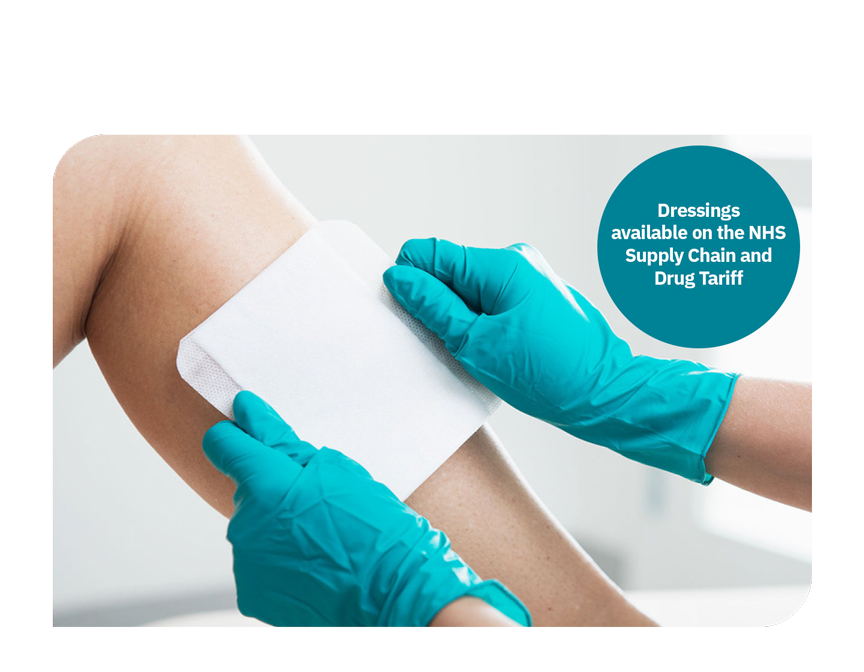
Psychosocial stress often results from wounds that remain in the inflammatory phase, causing leakage, odour, and limited mobility. Effective wound management aims to create an optimal healing environment. This involves cleansing the wound, using appropriate dressings, managing oedema through compression therapy, and understanding the patient’s medical history and comorbidities.
A chronic leg ulcer is often a symptom of an underlying condition, and understanding that context is vital to clinical and emotional recovery.
Chronic leg ulcers pose not only a physical challenge but also, in some cases, a significant emotional strain. The connection between wound symptoms and psychosocial distress highlights the importance of integrated care that addresses both physical and psychological needs. Recognising these hidden burdens is vital for improving outcomes and the quality of life for patients with CVLUs.
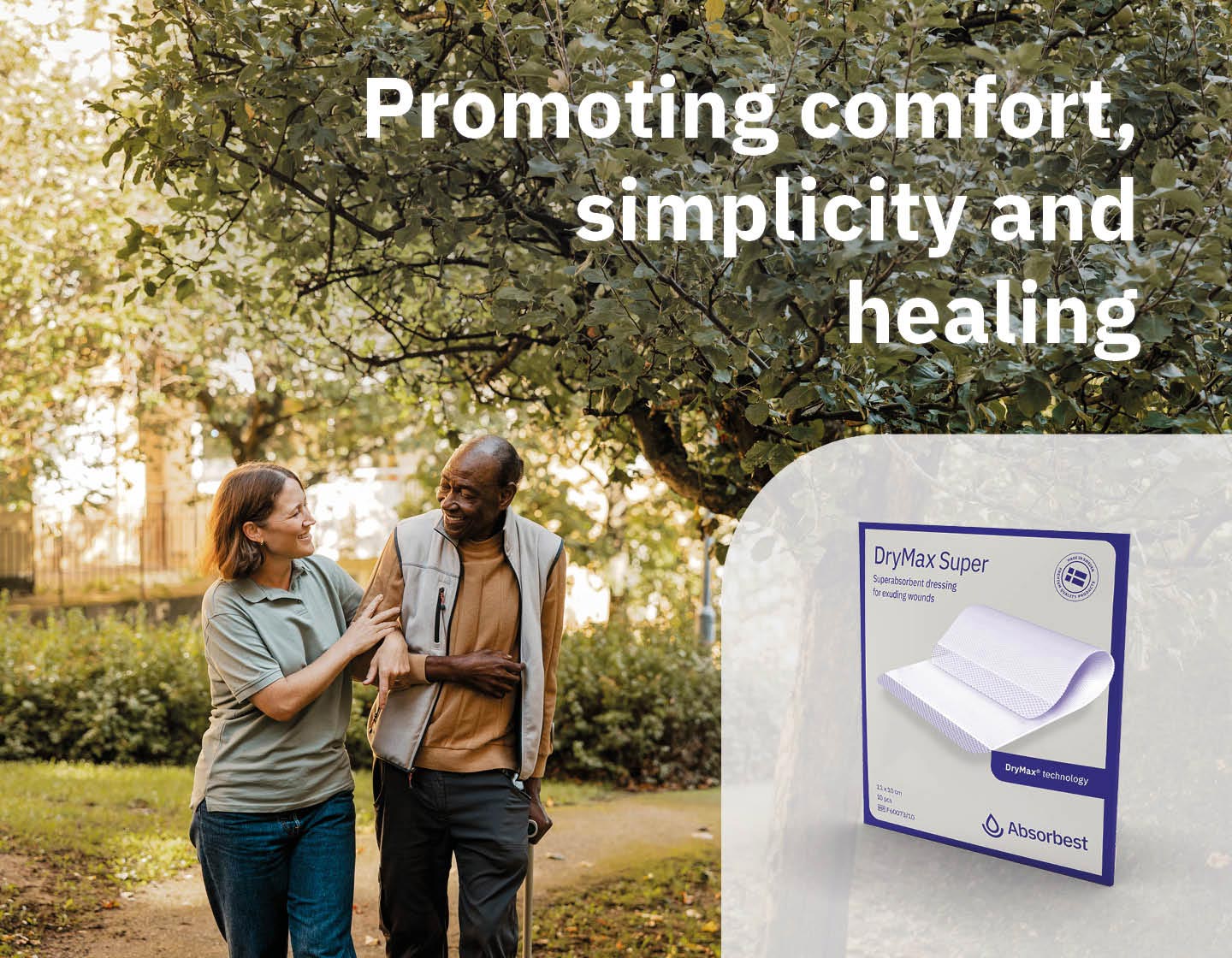
Experience the difference and compare the outcome with our superabsorbent primary dressing. Designed for comfort and to facilitate a simple wound healing process, it creates optimal healing environments to support clinicians in delivering quality care.
1. Herber OR, Schnepp W, Rieger MA. (2007). A systematic review on the impact of leg ulceration on patients’ quality of life. Health and Quality of Life Outcomes.
2. Persoon A et al. (2004). Leg ulcers: a review of psychosocial literature. Journal of Advanced Nursing.
3. Edwards H et al. (2009). Improving psychosocial outcomes for patients with chronic wounds. Journal of Wound Care.
4. Interview with Susanne Dufva, sårsymposium 2022, absorbest.se
5. Treatment Venous leg ulcer, nhs.co.uk
6. Emily Stuart (2020). Nutrition and wound care: what community nurses should know. JCN 2020, Vol 34, No 6